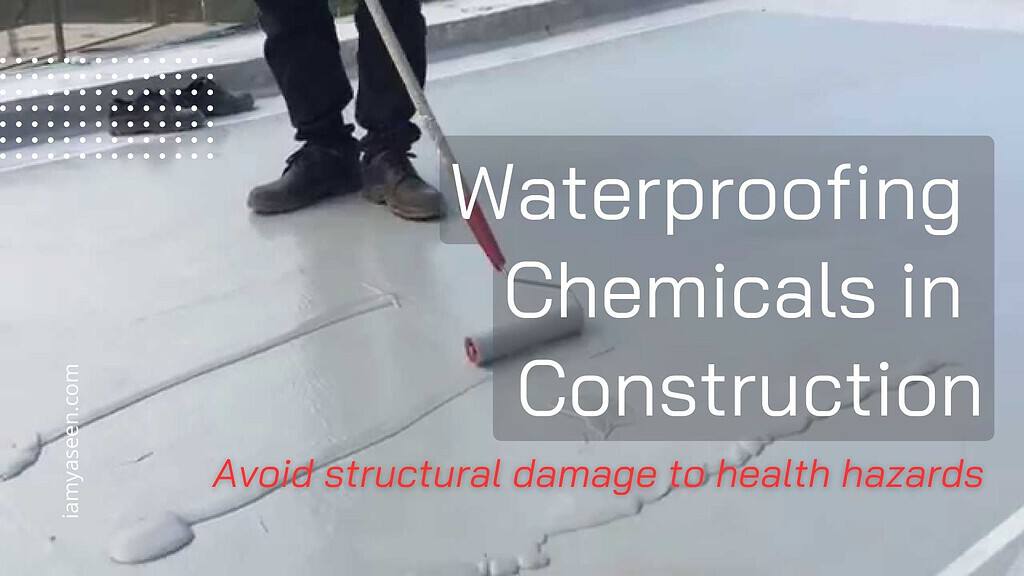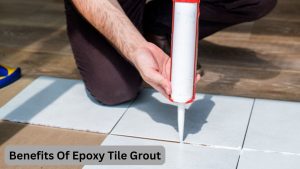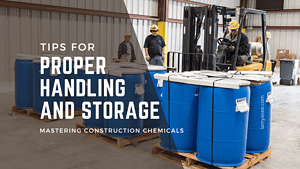Introduction:
Water, while essential for life, can wreak havoc on the structures we build. The infiltration of water into buildings can lead to a cascade of problems, from structural damage to health hazards. In the world of construction, the unsung heroes combating water’s destructive forces are waterproofing chemicals. In this article, we will delve into the vital role these chemicals play in fortifying our buildings against the relentless onslaught of moisture.
Understanding Waterproofing Chemicals
1. Types of Waterproofing Chemicals: Waterproofing chemicals come in various forms, each tailored to specific construction needs.
Membrane Waterproofing:
Among the most common types, membrane waterproofing involves the application of thin layers on surfaces to create a barrier against water infiltration. The materials used can include bitumen, PVC, or EPDM.
Liquid Waterproofing Compounds:
Liquid solutions offer versatility, able to adapt to different surfaces and shapes. These compounds often comprise polymers that form a seamless, protective layer upon application.
Crystalline Waterproofing:
Operating at the microscopic level, crystalline waterproofing transforms concrete into a water-resistant barrier. Over time, these crystals grow, sealing the concrete against water penetration.
Applications of Waterproofing Chemicals
2. Foundations and Basements: Waterproofing is paramount in these critical areas where structures meet the earth. Applying waterproofing chemicals to foundations and basements prevents water from seeping into the building envelope, ensuring structural integrity and preventing damage.
3. Roofing: Roofs bear the brunt of weather conditions, making them susceptible to leaks and deterioration. Waterproofing chemicals designed for roofing applications create a protective shield, extending the life of the roof and safeguarding the interior.
4. Wet Areas: Bathrooms and Kitchens: In spaces prone to moisture, like bathrooms and kitchens, waterproofing chemicals prevent water damage and the growth of mold and mildew. These areas require specialized solutions to withstand constant exposure to water.
Benefits of Waterproofing Chemicals
5. Structural Integrity: Waterproofing chemicals contribute significantly to the structural integrity of buildings. By preventing water from compromising the strength of concrete and steel, these chemicals enhance the longevity of structures.
6. Mold and Mildew Prevention: Beyond structural concerns, waterproofing plays a crucial role in maintaining indoor air quality. By preventing water infiltration, the growth of mold and mildew is curtailed, reducing health risks and minimizing maintenance costs.
7. Increased Lifespan of Structures: The application of waterproofing chemicals is an investment in the longevity of a structure. By creating a barrier against water damage, these chemicals contribute to the resilience and extended lifespan of buildings.
Challenges and Considerations
Despite the clear benefits, challenges in waterproofing applications exist. Proper selection of chemicals based on the specific requirements of a project is crucial. Factors such as climate, building materials, and intended use must be considered to ensure effective waterproofing.
Conclusion
In the battle against the elements, waterproofing chemicals stand as stalwart defenders of our structures. As we continue to push the boundaries of architectural innovation, it is imperative to recognize and prioritize the role of these chemicals in constructing buildings that not only stand tall but withstand the test of time. Waterproofing isn’t just a construction necessity; it’s a commitment to the durability and resilience of the spaces we inhabit.






